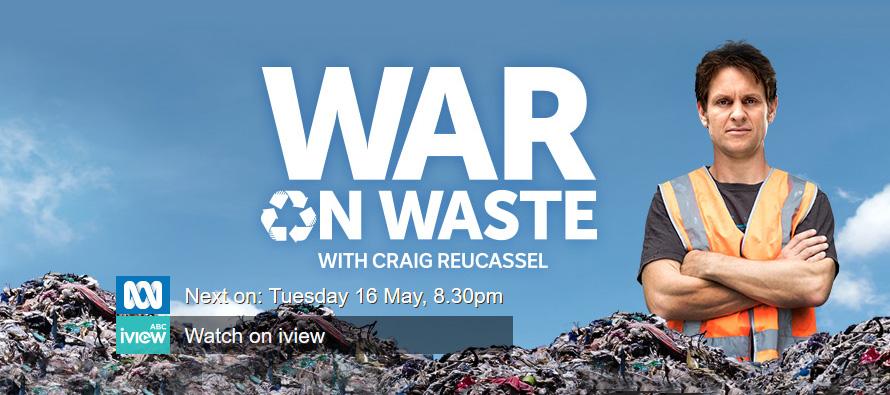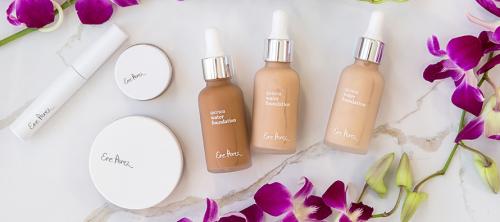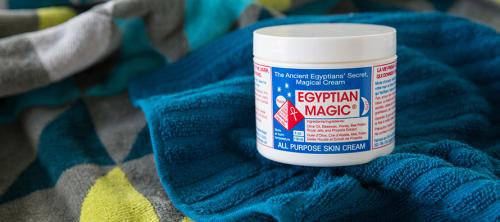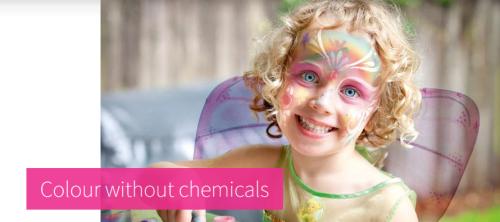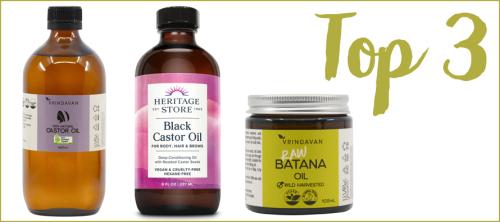ABC's War On Waste Episode Two - recycling
After being shell shocked from episode one, I was a little more prepared for week two. This episode focused on plastic in the ocean and recycling and I learnt a thing or two about the plastic bag bans, and they weren't very promising.
On waste in the ocean
- Worldwide, 8 million tonnes of plastic leaks in to the ocean every year.
- 20% of the rubbish in the ocean comes from people using the ocean. The other 80% is washed in from the land.
- By 2050, it is estimated that there will be more plastic in the ocean than fish
On plastic bags
- In Australia, we use 10 million a day, or 5 billion per year.
- NT, SA, TAS & ACT have all 'banned the bag' with lightweight single use plastic bags banned. This is still less than half of the Australian population.
- Sadly, as shown in Tasmania, many stores are just handing out thicker plastic bags for free as the thickness of the bag is a loophole in the legislation. This is actually WORSE for the environment.
On recycling
- The numbers printed on plastic with the triangle arrow symbol make most people think it's recyclable. That's not the case. It only indicates the type of plastic.
- When you put PET (soft drink) bottles in the recycling, you must take the lids OFF, and the lid goes in general waste.
- Pizza boxes, remove food scraps, can be recycled.
- Lightbulbs should NOT go in general waste. They are toxic when broken open. Contact your local council.
- Glass food jars can be recycled but your actual drinking glasses, if you break one, put it in general waste. They have a different melting point.
- Soft scrunchy plastics can be all kept together and taken to the supermarket (more on this below - put in a RedCycle bin only)
- Despite this, 85% of single use plastic bags end up in landfill.
- Once something ends up at a recycling centre, if it's recyclable, it's cheaper to recycle it than to dump it. But they do have to pay to dump rubbish put in by accident, so please sort mindfully.
On recycling plastic bags
GPS tracking showed the plastic bags dropped in at the Redcycle bins at Coles ended up at a recycling facility. The plastic bag bins at Woolworths is another matter. They were not Redcycle bins. The first group tracked ended up at the dump. The second lot ended up at Visy who do not recycle plastic bags in Australia so they ended up shipped overseas. The moral of the story? Use Redcycle bins.
- Replas, who take the bags from Redcycle process around 6 tonne of plastic bags a week.
- They are shredded here in Australia and are made in to park benches and outdoor gym equipment and boardwalks.
- Annually, Replas process 300 tonne of plastic bags per year.
- On the flipside, 300,000 tonne still end up in landfill.
Biodegradable and degradable do NOT mean the same thing
This one needs a paragraph of its own. There is a brand of thin degradable plastic bags called EPI, and they are marketed as a planet safe plastic bag. They are anything but. The are actually WORSE. Degradable means it breaks down in to tiny pieces, but never breaks down enough to join the earth again like biodegradable products do. AVOID DEGRADABLE PLASTIC BAGS. These tiny little pieces of plastic end up in the oceans and stay in landfill. Fish swallow it and it ends up in our food chain when we eat the fish.
On repurposing
In a throw away society, sadly it's often cheaper and easier to dispose of things rather than to repair or recycle.
- 70% of what goes to landfill could be repurposed if we made the effort (and like the dump owner said, it is not financially viable to pay someone minimum wage to go through all the waste to do this).
- The Bower Repair Café in Sydney is an amazing concept. It's a free service where you can take items in to see if they can be repaired.
- 80% of things that come in to The Bower can be fixed.
- Since they opened in 2014, they have saved 200 tonnes of product going to landfill
If only I could remember to take a reusable shopping bag with me when I go to the shops
I'm going to put my hand up here and publicly disgrace myself in the hope that it will be the catalyst for my own change plus change for others. I don't do one large grocery shop a week. My life isn't structured that way. I pop in and grab things as I need them. It's so easy to remember to take a bag when you have planned for it, but when you haven't, you need a tiny yet functional shopping bag that's just always with you. And I found the perfect one!
Say hello to the Sea To Summit Ultra-Sil Shopping Bag
They weigh 46g and bundle up smaller than any of the other reusable shopping bags on the market. The Ultra-Sil fabric feels like parachute material, it's thinner and lighter than all the other bags on the market. If you think that makes them vulnerable to tears, it's the complete opposite. While bags like Envirosax are rated to hold 20kg, these are rated to hold 130kg per bag (and no, that's not a typo), one hundred and thirty kilos. All the stress points on the bag are reinforced and the pouch that the bag stuffs back inside is around half the size of other roll up bags on the market. Best of all, there's a little button clasp that allows you to attach it to your keyring. If you're in the car, you have a bag with you. Sure, you could just as easily have a pile in the glove box, but then you have to remember to put them back. If there's always ONE on your keyring, it's a constant reminder.

